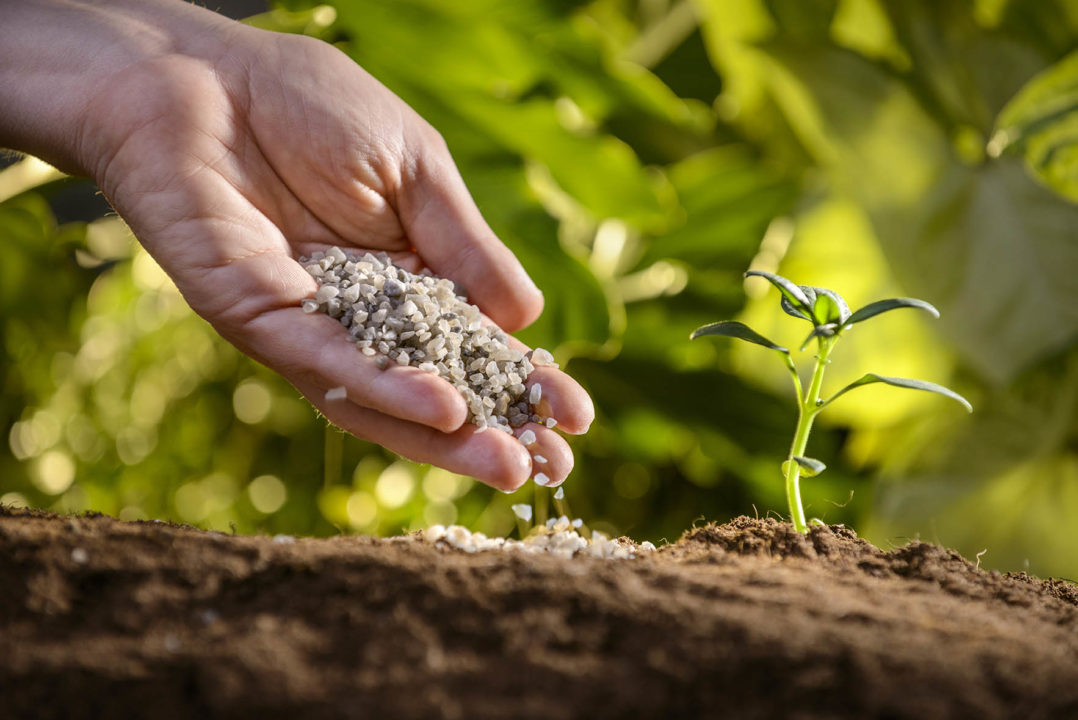NRCS To Help Farmers Measure Conservation Impacts On Water Quality
The USDA has announced the availability of $2 million to help farmers install edge-of-field stations that monitor water quality as it leaves their fields, providing data to evaluate the success of various conservation efforts. The funding is available to farmers located across key watersheds in nine states and is part of USDA’s ongoing commitment to measure the effectiveness of a wide range of conservation initiatives.
“Testing the quality of water as it leaves a field helps farmers and USDA understand which conservation practices work best at preventing sediment and nutrient runoff. Verifiable data gives farmers, USDA and other partners information needed to make targeted conservation investments to improve water quality for everyone,” said USDA’s Deputy Under Secretary for Natural Resources and Environment Ann Mills.
Mills announced funding for this effort, led by the Natural Resources Conservation Service (NRCS), in St. Louis at a meeting of the Mississippi River/Gulf of Mexico Hypoxia Task Force.
In order to measure the water quality outcome of a given conservation practice, NRCS works with partners like universities and non-governmental organizations to monitor the amount of nutrients and sediment in water leaving two similar fields after rain or irrigation. Experts will monitor one where a conservation practice, such as the use of cover crops in the off season, has been put in place, and a similar field where the conservation practice has not been applied. Conservation practices typically evaluated include cover crops, no-till farming, irrigation water management, and practices that reduce and trap nutrients and sediment.
Farmers are already using edge-of-field monitoring data to adjust their strategies to improve the quality of water, soil, and other natural resources within their operations. In the longer term, data collected from many sources will help producers make the most informed conservation investments possible and document how edge-of-field monitoring of conservation work benefits the public and communities.
“With each monitoring project completed, we gain more independent evidence that investments in voluntary conservation are working and are worth continuing,” Mills said. “The quality of our environment depends on the millions of individual decisions private landowners make every day. These stations show that their voluntary conservation efforts make a real difference.”
This year, NRCS is offering edge-of-field funding in watersheds in Alabama, Arkansas, Iowa, Michigan, Missouri, New York, Vermont, and Washington. The program was launched in 2013 and has led to the installation of stations on private lands in nine states including Arkansas, Indiana, Mississippi, Missouri, New York, Ohio, Vermont, Washington, and Wisconsin.
The financial assistance is available through the Environmental Quality Incentives Program (EQIP) to install and maintain the monitoring systems for up to nine years, giving time to measure the impact of conservation systems on water quality under different conditions.
For more information, visit the Edge-of-Field Monitoring webpage and your local USDA Service Center.






